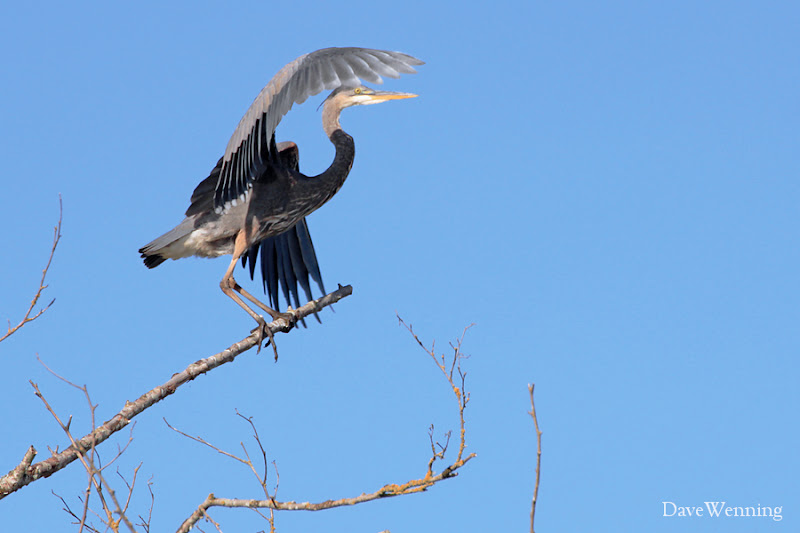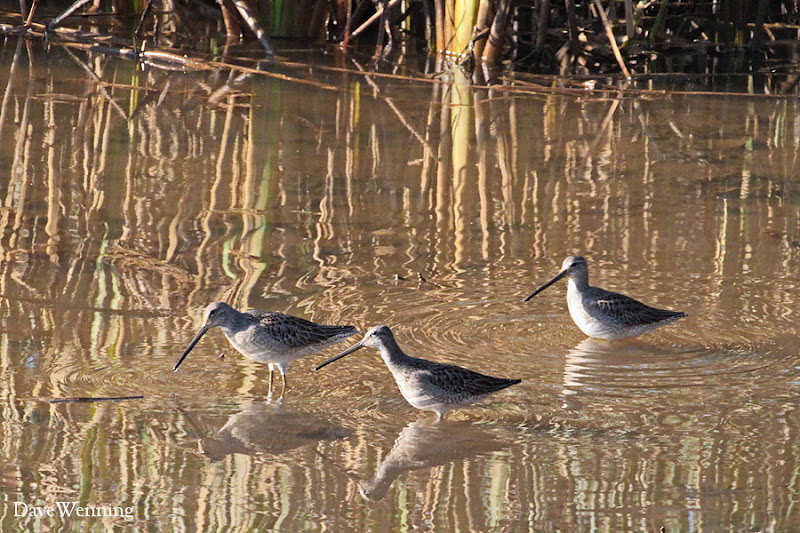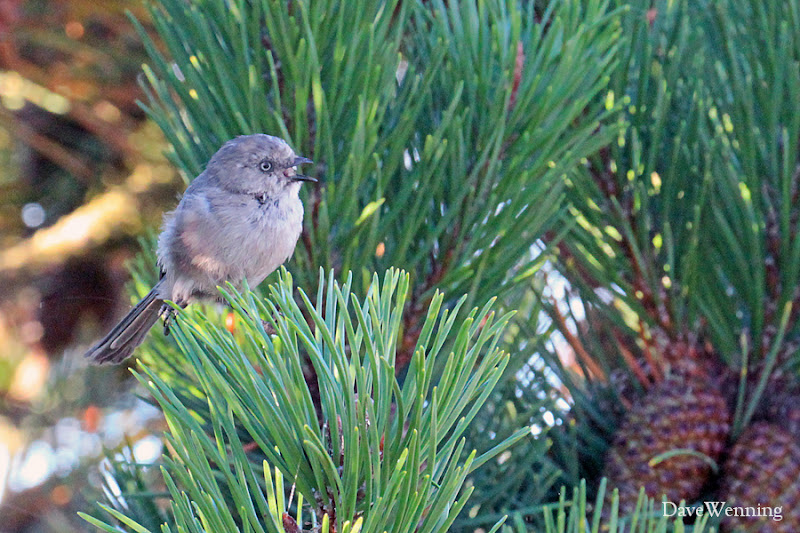The Spur Dike along Wiley Slough in the Skagit River delta has become one of my favorite spots for exploring. There always seems to be something new to discover there. Maybe this is a benefit of the Washington "Discover" Pass . On my last visit a week ago, I came upon this group of long-billed wading birds in the marshes south of the dike. At the time, I wasn't sure what they were. This was a busy, active bunch, about a dozen in all, moving quickly as they probed the shallow waters with those specialized bills. The moved along in unison like a troupe of caffeinated dancers. With bright morning sun, the lighting and shadows were terrible for both photos and for identification of the birds. When I got home, I hunted through my bird books and internet sites to try and determine what they were. With some reservation, I have identified them as Greater Yellowlegs ( Tringa melanoleuca ) . As usual, please correct me if I am wrong. UPDATE As it turns out, I was




